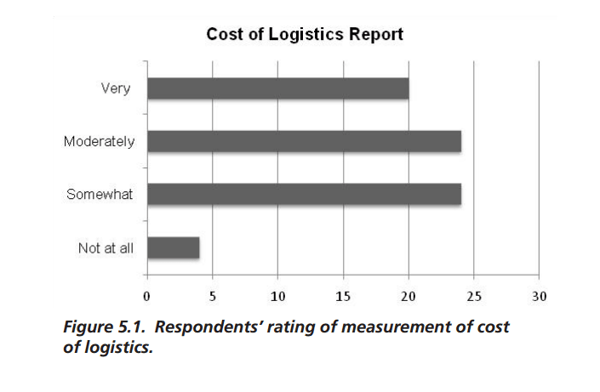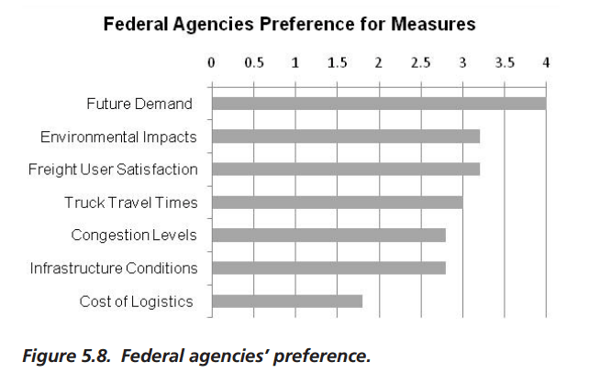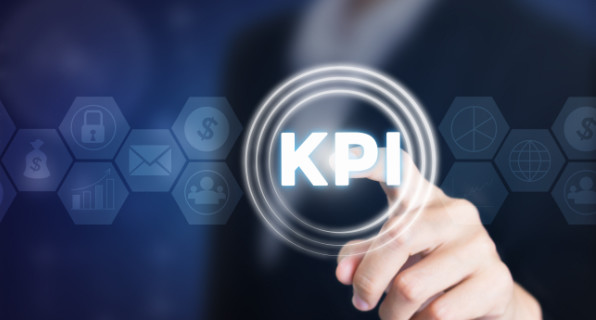By Adam Robinson, Marketing Manager at Cerasis, a third-party logistics company with a focus on technology and managed transportation services since 1997.
This simple list of transportation management KPIs will provide an excellent means of identifying how sales, pricing, and customer service executives can help to reduce costs and improve efficiency in transportation management for their operations – and impact their value and profitability.
In modern manufacturing and transportation, savings are everything. Most industry experts rate the cost of logistics as very costly. Nearly every company offers some sort of discounted shipping plan for large purchase orders, and more customers are demanding faster delivery at a reduced rate. Identifying ways to improve the system can be complicated. However, if you know what critical transportation management KPIs or key performance indicators to track, you can know exactly how to change processes to decrease costs, which will result in savings for the end user. According to a National Cooperative Freight Research Program report, Performance Measures for Freight Transportation, the following graph breaks down how other respondents rate the cost of logistics.
Federal Power Over Transportation Management KPIs
Transportation Management KPIs are undoubtedly the most important metrics to track and understand. Transportation Management KPIs depend on upon who ultimately wants to know the information. In other words, federal agencies may require different KPI reporting what trucking companies want to know. Although trucking is deregulated, federal agencies may require routine updates on how shipping companies operate and impact the economy.
It’s important to remember the KPIs mentioned above reflect analytical determinations from compiled KPIs from trucking companies.
Core KPIs to Track and Understand
A recent publication by the Minnesota Department of Transportation, Measurement Sources for Freight Performance Measures and Indicators, identified dozens of ways KPIs are used. To trucking companies, critical KPIs, and their benefits include the following:
- Labor productivity - This transportation management KPI only refers to how well employees earn their keep. While it may seem harm, the measure of labor productivity is directly related to how easily the shipment is transported. If labor productivity is down, unloaders at destinations may experience problems with sorting, resulting in additional costs.
- On-time pickup and delivery - When a customer pays for shipping at a particular time, trucking companies must try to adhere to this schedule. With last year’s increase in shipment theft (people stealing packages that have been dropped off at a customer’s home or place of business), trucking companies must work to ensure the delivery time is as accurate as possible. Knowing when packages leave and arrive allows recipients to make appropriate plans to receive the package without risk of theft. Ultimately, a delivered package is still a liability to the shipper until the customer opens it.
- Revenue yield by specific units - Each shipment generates an overall yield, but the yield can be further broken down to identify what caused additional delays or unnecessary costs per shipment. For example, a decreased revenue yield per mile may suggest poor fuel-burn within a given fleet.
- Fuel efficiency - This transportation management KPI is of vital importance as federal agencies mandate reporting and compliance to environmental initiatives for fewer emissions and fuel use. Although fuel costs have dwindled over the last year, history indicates the prices will return to high levels. Since the demand for fuel is only going to increase, failure to track fuel efficiency could result in severe setbacks in the future, if not the assessment of penalties in the present.
- Maintenance costs - Every freight and shipping company is going to have maintenance costs. This transportation management KPIs measures a broad scale of maintenance as well. For example, preventative maintenance, outsourcing of maintenance costs versus in-house costs, and keeping the fleet looking clean (painting, washing and changing of URS identifiers on fleets) must be tracked. If preventative maintenance costs are minimal, and an increase in repair costs exists, companies can evaluate if replacing all vehicles within a region is cost-effective.
- Miles that are driven outside of a predetermined route - During transit, a driver is being paid for his or her time. While spending 20 minutes to drive to a nearby friend’s home to stay the evening may seem ideal, it decreases the revenue yield by a mile. This is in addition to increasing the miles on the engine, hastening the deterioration process as well. For example, when figured over the course of years, a company may find savings by allowing truckers to receive compensation for hotel stays that are along the predetermined route.
- Border delays - This includes random inspections, problems with paperwork or traffic delays. Each delay reduces the per-mile yield and lengthens the time of transit, increasing the risk of late deliveries.
- Loading or unloading time - This point goes back to on-time delivery. However, it also poses many implications for the efficiency of the company. Long loading or unloading times can result in the need to reroute existing shipments, leave other trucks in dead-time or worse. As pressure builds to increase wages in response to the driver shortage, these delays will result in additional costs to companies. However, identifying ways to avoid long loading or unloading times now can avoid the problem entirely. Maybe the holding yard is too small, or perhaps the loading dock needs better lighting. This KPI signals what physical areas may need to be improved to achieve better results.
- Damages - Regardless of how well a company prepares, damages will occur. Natural disasters and man-made disasters are inevitable. For example, a flood wreaks havoc on roadways, but the conditions are worsened by agricultural and development of terrain, increasing the risk of landslides. As a result, an entire shipment could easily be lost. By carefully monitoring what damages do and do not occur, a company can find ways to reduce them. For example, increased damage rates that occur on route A when shipped by truck should signal a review of all shipments on this given route. A pattern will emerge, and the exact cause of the damages is easier to determine.
These core transportation management KPIs are only a fraction of the possibilities, and each metric may go by other names with different companies, such as total transportation costs for overall revenue yield or percentage of deadhead miles for causes of unnecessary delays. Ultimately, this simple list of transportation management KPIs will provide an excellent means of identifying how to reduce costs and improve efficiency in transportation management.
View the original article
Interested in learning more?
Join TMSA and visit the Members Only Section for more valuable resources and whitepapers.
And check out the TMSA Blog for more related articles!



